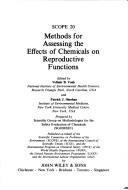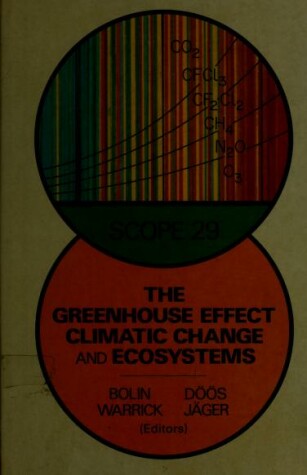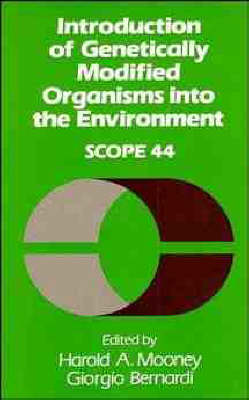SCOPE Report S.
11 primary works • 15 total works
Book 11
Book 20
Methods for Assessing the Effects of Chemicals on Reproductive Functions
by Velimir B. Vouk and Patrick J. Sheehan
Book 21
The Major Biogeochemical Cycles and Their Interactions
by Bert Bolin and Robert B. Cook
Book 22
Book 25
Appraisal of Tests to Predict the Environmental Behaviour of Chemicals
by Patrick J. Sheehan and etc.
Book 27
Where these changes are very large - the extremes greater than usual - where people and places are vulnerable, or where human activity meshes poorly with natural opportunity, significant climate impacts are likely to occur. This book addresses the important issues of how to identify, study and respond to such impacts, ie adjusting to changing climate, coping with extremes and matching human needs to climate endowment.
Book 28
Environmental Consequences of Nuclear War
by A Barrie Pittock, etc., T.P. Ackerman, P.J. Crutzen, M.C. MacCracken, C.S. Shapiro, and R.P. Turco
Book 29
The Greenhouse Effect, Climatic Change and Ecosystems
by Bert Bolin and etc.
Book 37
Book 45
Book 56
Global Change
by A.I. Breymeyer, etc., D.O. Hall, J.M. Melillo, and G.I. Agren
Methods for Assessing the Effects of Mixtures of Chemicals
by Velimir B. Vouk and etc.
No 44
Introduction of Genetically Modified Organisms into the Environment
by Harold A. Mooney and G. Bernardi
This volume contains first the statement and then the background from which it is derived. The participants of the meeting included those that have been central in the revolution of thought and techniques that have characterized the development of molecular biology as well as ecologists that have actively participated in an analysis of the facts and environmental consequences of introduced organisms.




